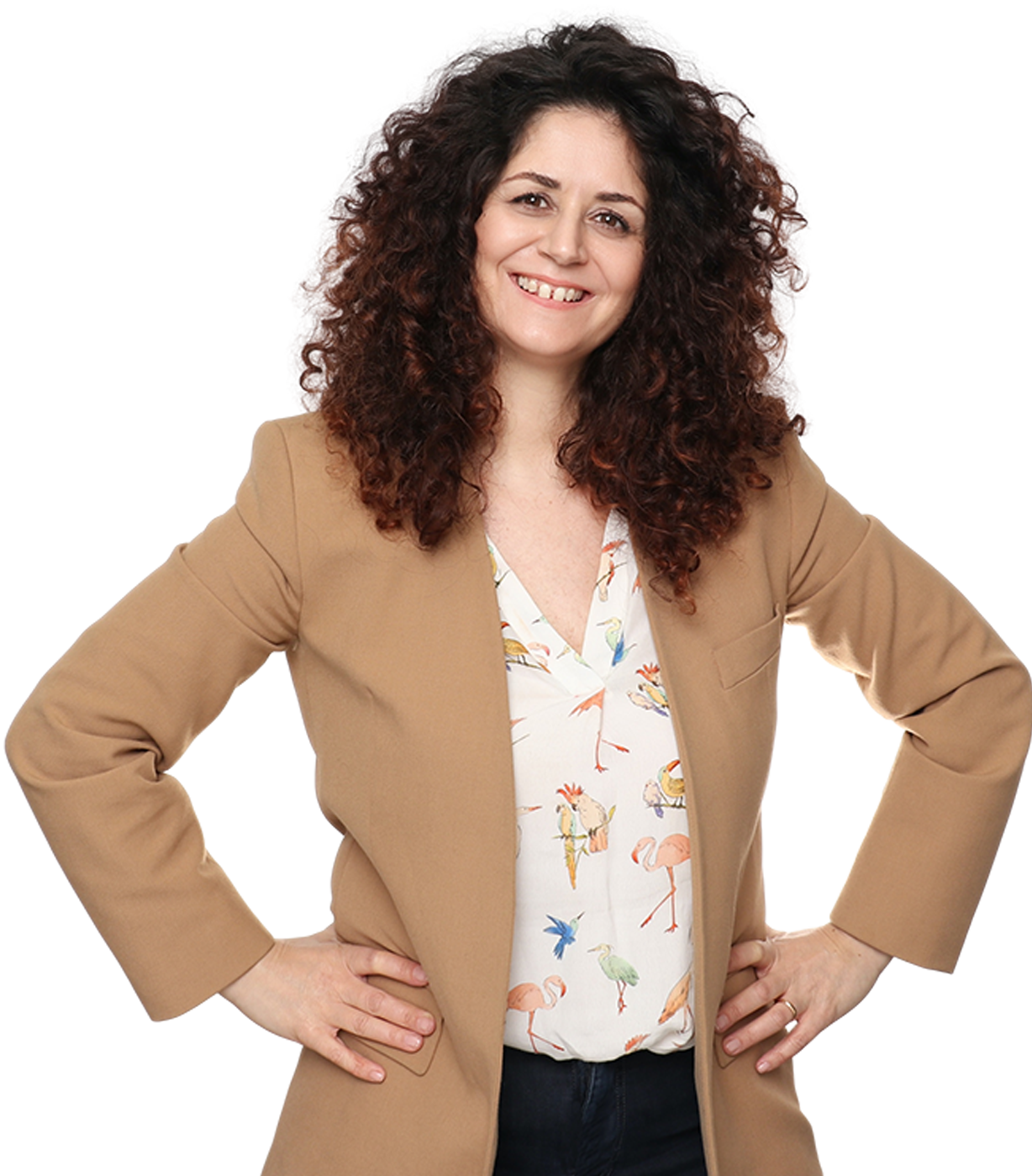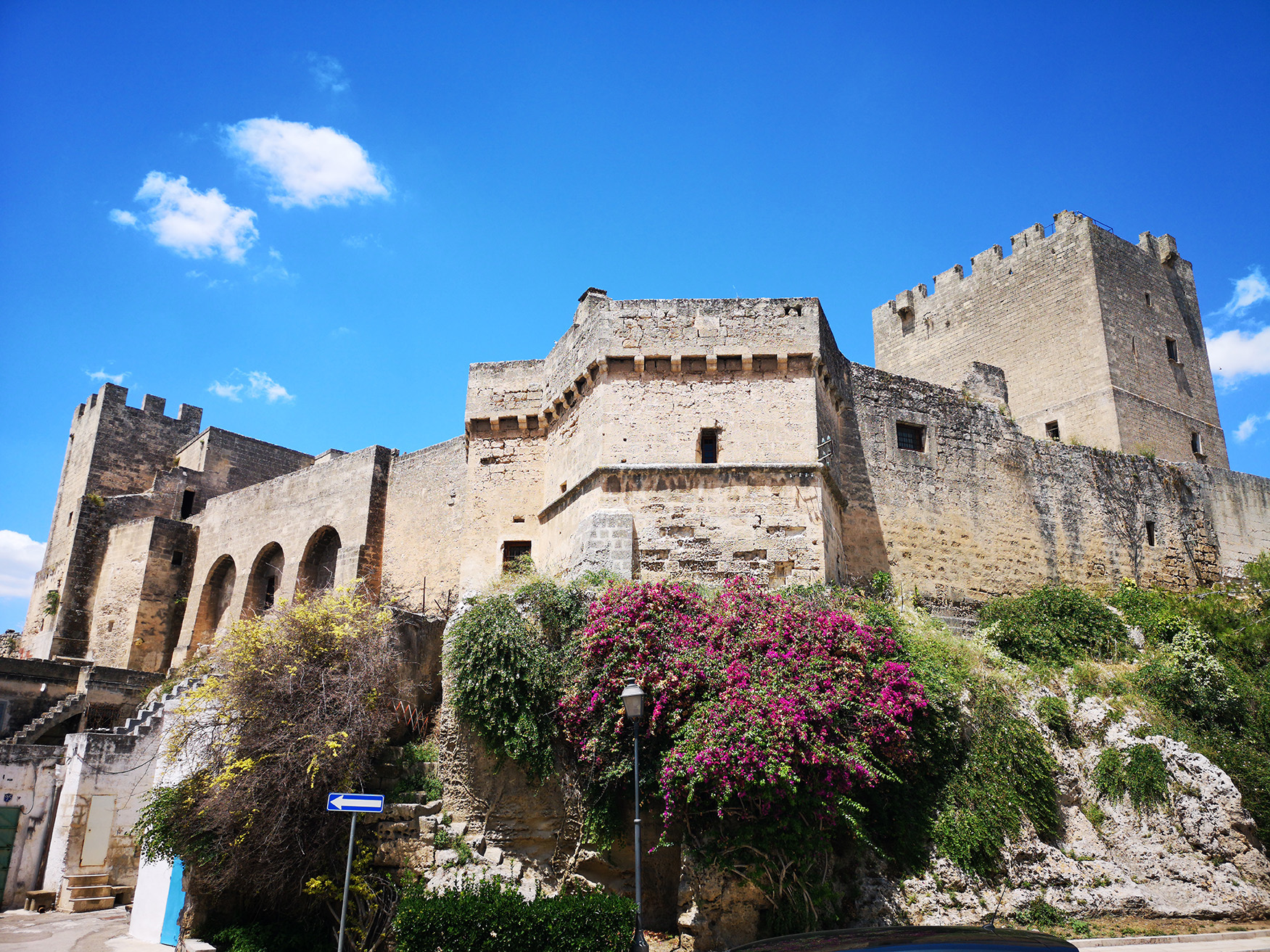
Ever wonder which is the oldest university in Europe? Well it is in Italy and is located in the beautiful city of Bologna. Thousands of students from all parts of Italy and the world arrive every year in Bologna to attend the courses at the famous Alma Mater Studiorum, this is the name of the university.
The origins of the University of Bologna go back to 1088 when the Bologna “Studium” was founded
The fame of the Studium spread throughout Europe and many English scholars also came to study in Bologna like Thomas Becket, Erasmus of Rotterdam, Pico della Mirandola and Leon Battista Alberti.In the same period, Nicolaus Copernicus, was completing his three years of study in Bologna. And again, Paracelso, Torquato Tasso, Carlo Goldoni. According to an old legend a woman Bettisia Gozzadini taught in Bologna between the 12th and 13th centuries attracting huge crowds.
In the 15th century Greek and Hebrew studies were instituted, and in the 16th century those of “natural magic”, experimental science.
The University of Bologna admitted women teachers right from the 12th century. The opening to female scholars became official in the 18th century. Among the most famous women teachers we may remember Laura Bassi: in 1732 she was given the chair in philosophy, and in 1776 the chair in experimental physics, teaching Logic, Metaphysics, Philosophy, Chemistry, Hydraulics, Mathematics, Mechanics, Algebra, Geometry, Ancient and Modern Languages.
In the 18th century, the University fostered scientific and technological development. In this period came the studies of Luigi Galvani who, along with Alessandro Volta, Benjamin Franklin and Henry Cavendish, was one of the founders of modern electrotechnical studies.
1989: the Alma Mater initiated a programme of decentralisation throughout Romagna, becoming the most extensive of all Italian universities. In 2000 the University recognised special forms of autonomy for the Romagna campuses, establishing campuses of Cesena, Forlì, Ravenna and Rimini.
In 1998 the University also inaugurated a campus in Buenos Aires.
1999: on 19 June in the Aula Magna of the University of Bologna, 29 European Ministers of Higher Education signed the Bologna Declaration, establishing a European Higher Education Area. This was the start of a reform process known as the Bologna Process, committing the signatory countries to a project to restructure the university systems with a view to convergence, ending in 2010.
Some numbers:
5: the Campuses (Bologna, Cesena, Forlì, Ravenna e Rimini).
32: the Departments of the University of Bologna and 5 Schools.
10: Research and Training Centres.
230 Research projects funded by the European Union within H2020, and more than 50 within other European frameworks, more than 130 projects funded by MIUR (Italian Ministry of University and Research) and more than 170 funded by the Emilia-Romagna region.
87,758: the students who have chosen the University of Bologna making it the most popular university in Italy.
221: Degree Programmes
78: International degree programmes, 62 of which are delivered in English.
47: PhD programmes (53 specialisation schools, 80 first and second level professional master’s programmes, 14 of which are international.
3,079: international students from abroad on exchange programmes.
The library system offers access to 50,000 on-line journals, 400,000 e-books and 753 databases.
https://www.unibo.it/en/international/international-course-catalogue





